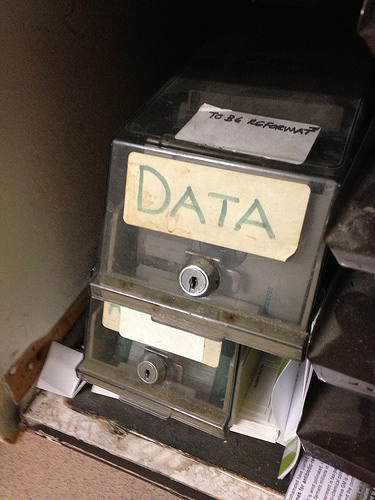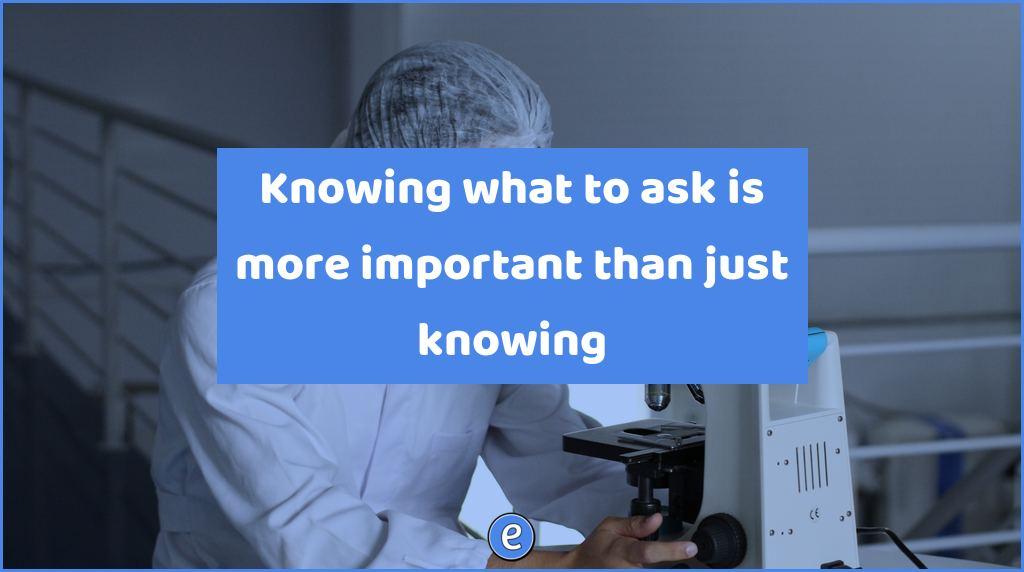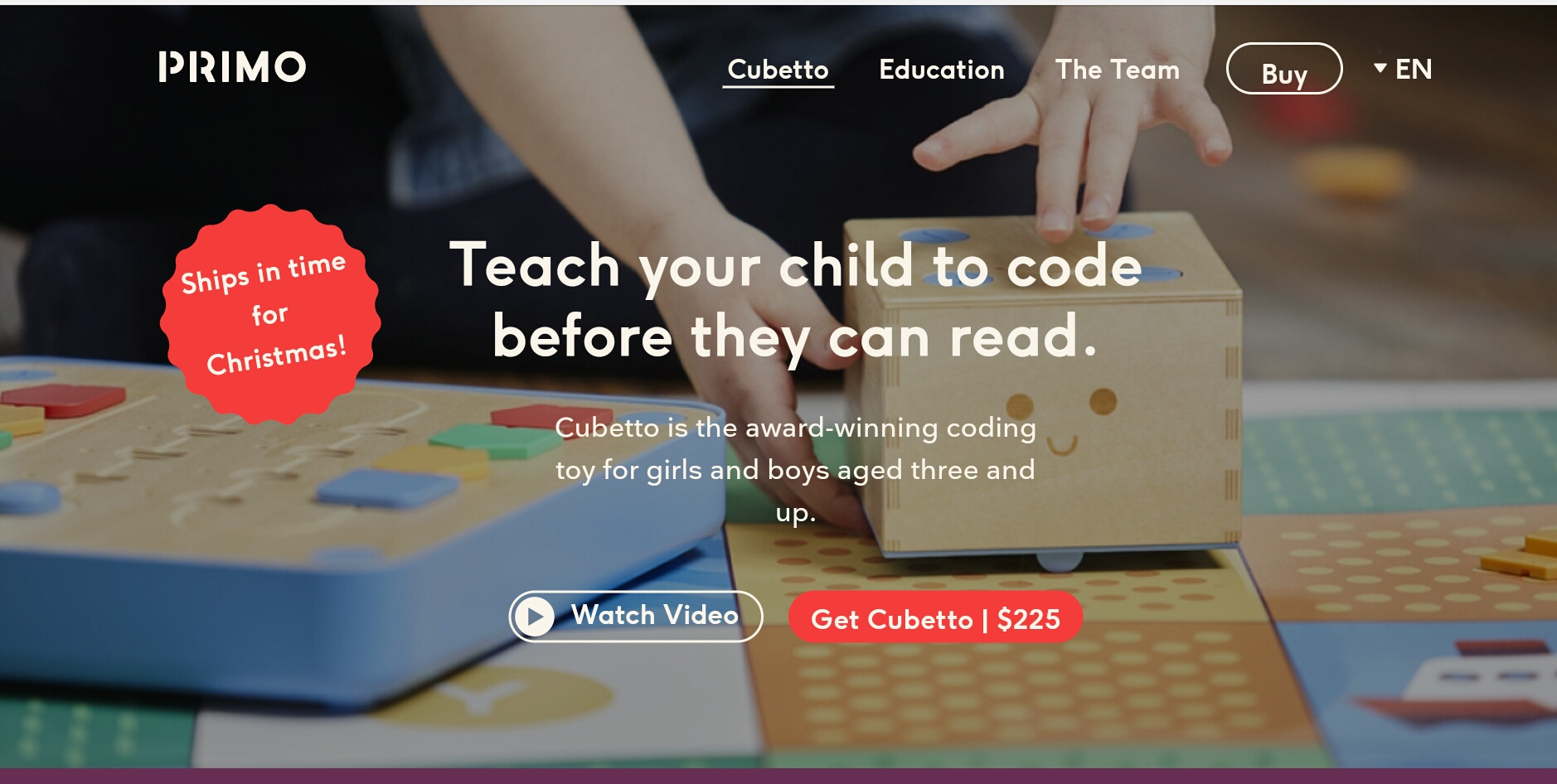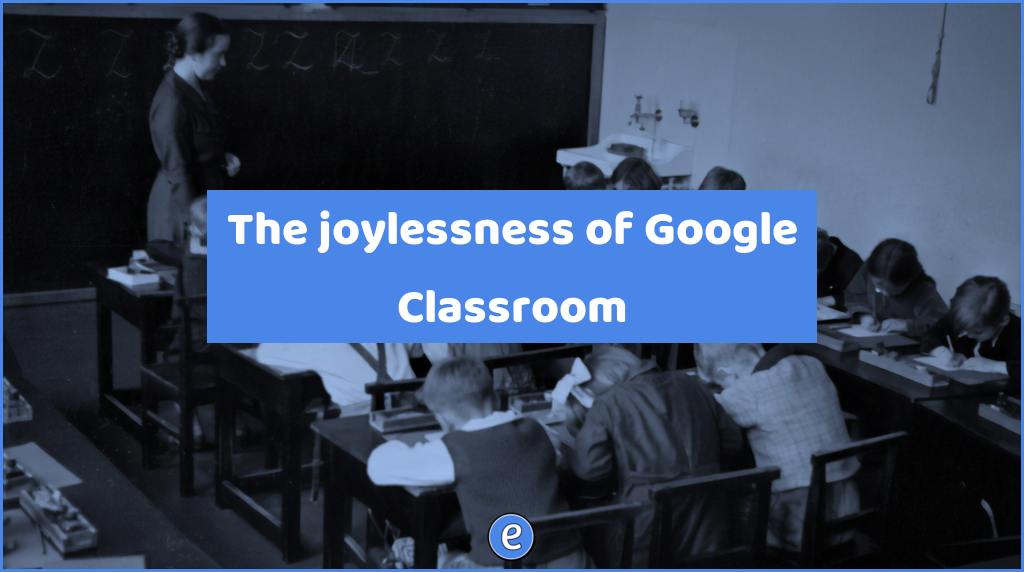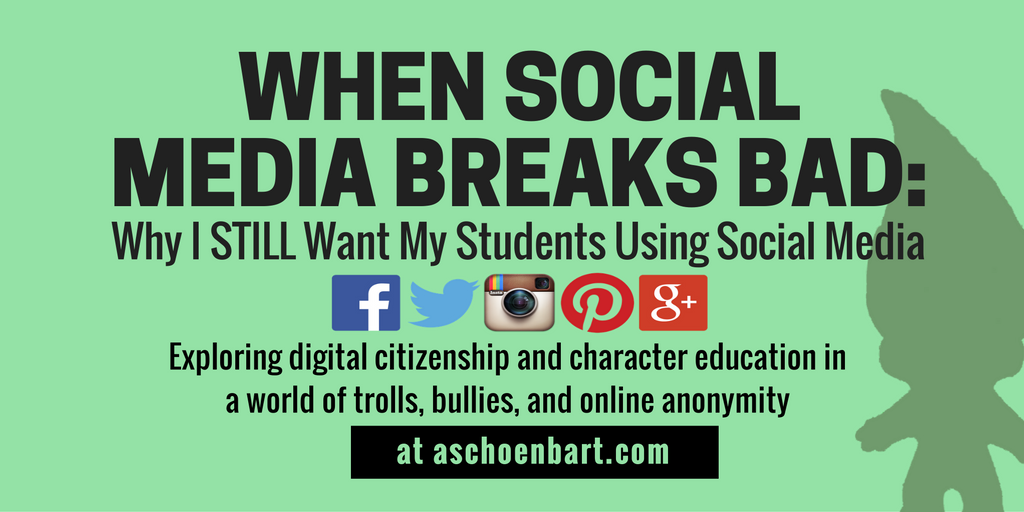Being creative requires more answers than what the data provides
So next time you’re faced with a “data-driven” scenario do this: instead of looking for the answers the data provides, look for the questions it generates.
Source: If You Want to Be Creative, Don’t Be Data Driven – Microsoft Design – Medium
Data always has its purpose and reason for being collected, but blindly doing what the data tells you is a cop out. It means you’re not willing to take a chance, and decide to do whatever the data tells you to do. That way, you insulate yourself from failures, “the data told us to do that!”. That doesn’t always work out for the best.
But, oh, what could have been! Even Otellini betrayed a profound sense of disappointment over a decision he made about a then-unreleased product that became the iPhone. Shortly after winning Apple’s Mac business, he decided against doing what it took to be the chip in Apple’s paradigm-shifting product.
“We ended up not winning it or passing on it, depending on how you want to view it. And the world would have been a lot different if we’d done it,” Otellini told me in a two-hour conversation during his last month at Intel. “The thing you have to remember is that this was before the iPhone was introduced and no one knew what the iPhone would do… At the end of the day, there was a chip that they were interested in that they wanted to pay a certain price for and not a nickel more and that price was below our forecasted cost. I couldn’t see it. It wasn’t one of these things you can make up on volume. And in hindsight, the forecasted cost was wrong and the volume was 100x what anyone thought.”
It was the only moment I heard regret slip into Otellini’s voice during the several hours of conversations I had with him. “The lesson I took away from that was, while we like to speak with data around here, so many times in my career I’ve ended up making decisions with my gut, and I should have followed my gut,” he said. “My gut told me to say yes.”
Sometimes you have to lead with your gut.
